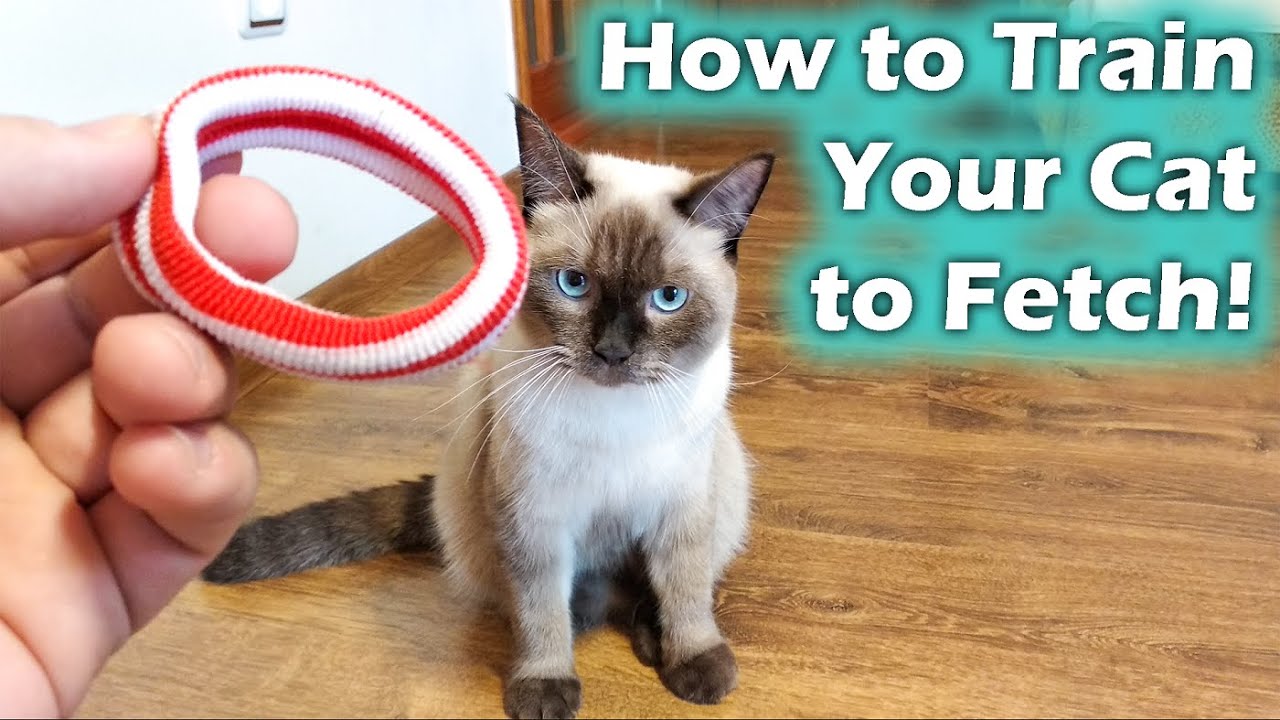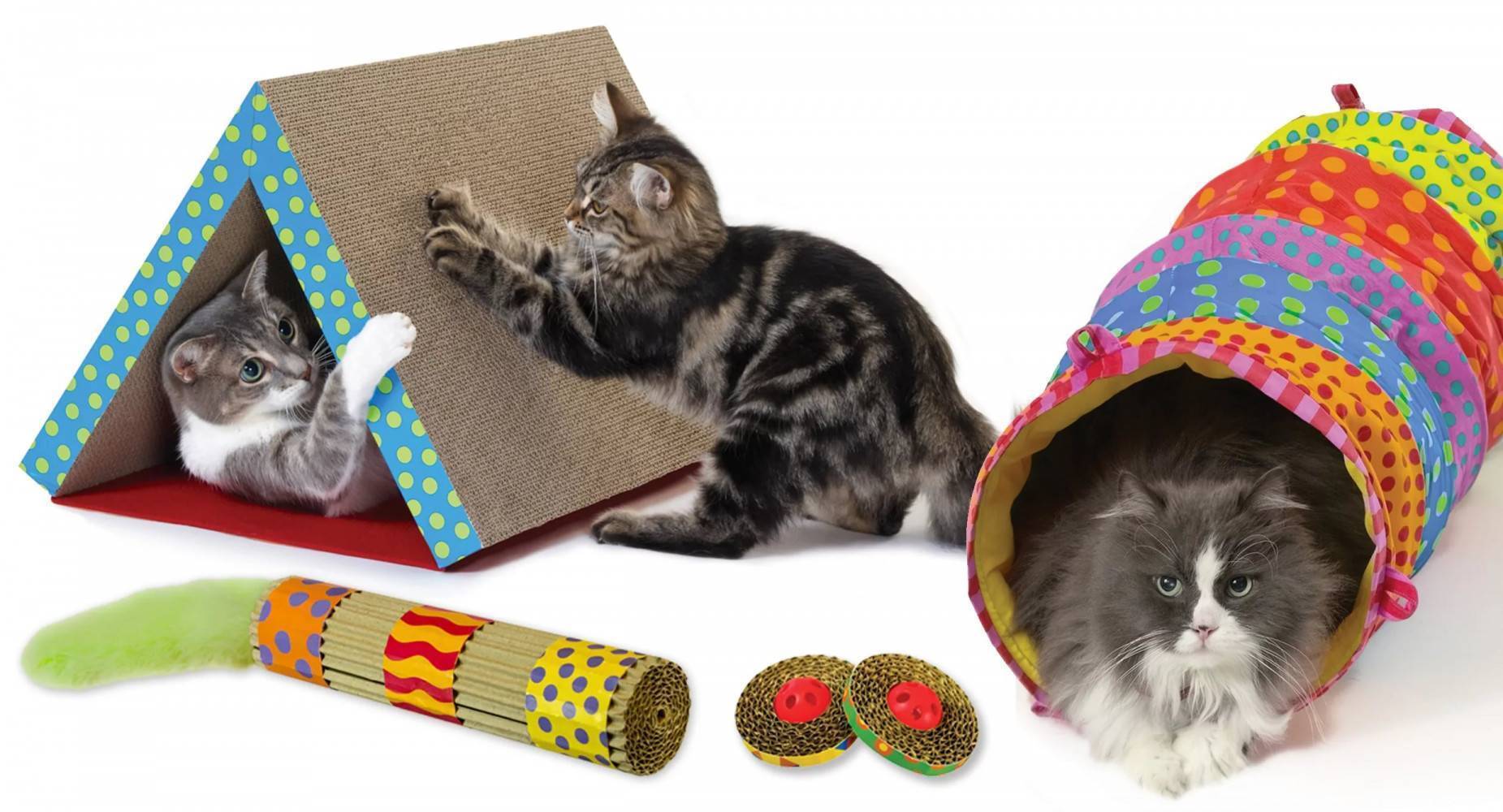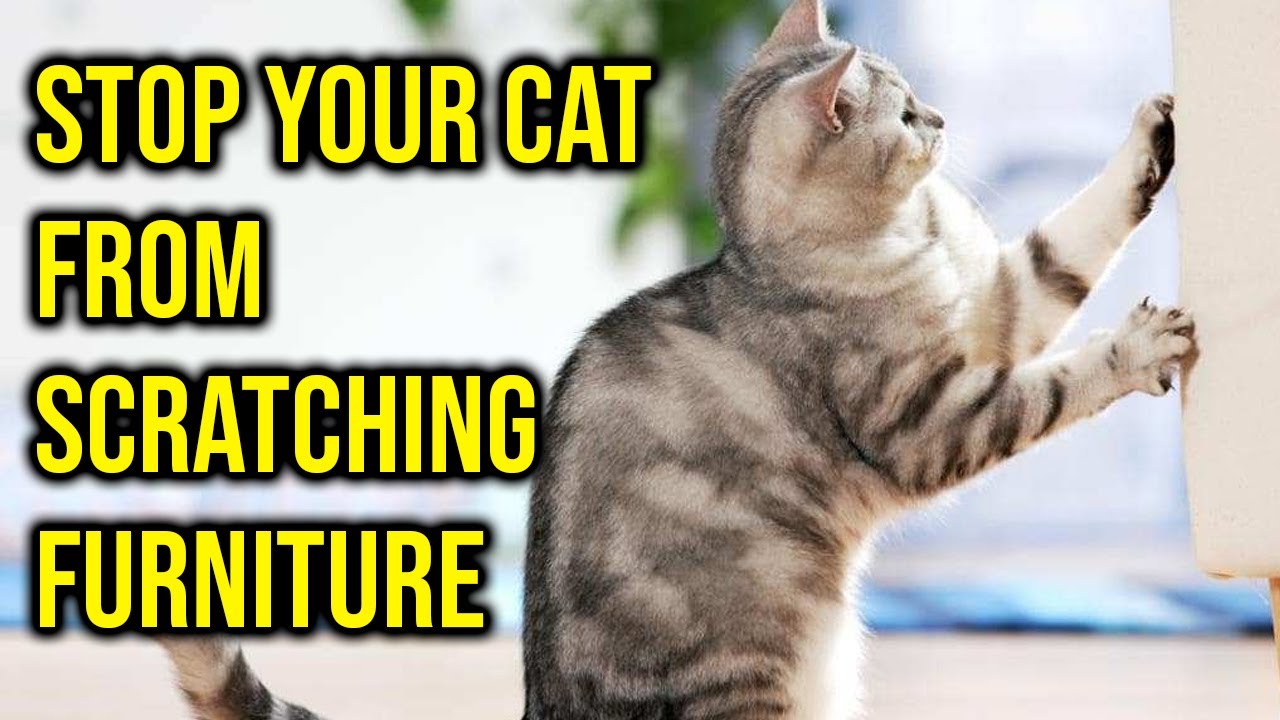Why Clicker Training Is Perfect for Cats
Cats are often seen as independent creatures, too stubborn for training. But that’s a myth! With their sharp minds and curious nature, cats can learn behaviors like “sit,” “come,” or even playful tricks like “spin” when taught the right way. Clicker training—a reward-based method—uses a simple tool to communicate clearly with your cat, making learning enjoyable for both of you.
This guide explores clicker training from start to finish, offering practical steps, helpful tips, and solutions to common challenges. Whether you’re new to cat ownership or looking to enrich your feline’s life, you’ll find everything you need to get started. Let’s dive in and see how a small click can lead to big results!
What Is Clicker Training, and Why Does It Work?
Clicker training involves a small device that makes a distinct “click” sound to mark the exact moment your cat does something right, followed by a reward like a treat or toy. The click acts as a clear signal, helping your cat understand what behavior earned the prize.
Here’s why clicker training is so effective for cats:
- Clear Feedback: The click is consistent, making it easier for your cat to connect their action to the reward.
- Positive Approach: Rewards build confidence and trust, keeping your cat eager to learn.
- Mental Engagement: Training challenges your cat’s brain, curbing boredom and related behaviors like scratching furniture.
- Versatile Skills: From basic commands to fun tricks, clicker training adapts to your goals.
- Bonding Time: Training sessions strengthen your relationship through shared focus and fun.
By tapping into your cat’s love for rewards, clicker training opens the door to a smarter, happier pet.
Understanding How Cats Learn
Cats aren’t like dogs, who thrive on pleasing others. Their unique mindset shapes how they approach training:
- Motivated by Gain: Cats respond to what’s in it for them—think tasty treats or a favorite toy. The better the reward, the more they engage.
- Short Focus Windows: Cats concentrate best in brief bursts (5-10 minutes). Long sessions can overwhelm them.
- Varied Personalities: A bold kitten might embrace training, while a cautious adult needs a slower pace. Adjust to your cat’s comfort level.
- Problem-Solvers: Cats love puzzles, and clicker training feels like a game they’re wired to play.
By aligning with your cat’s instincts, you’ll create a training experience they look forward to. Let’s gather the tools to begin.
What You’ll Need to Start
Clicker training is straightforward and doesn’t require a big investment. Here’s what to have on hand:
- Clicker: A small device that produces a clear “click” sound, available at pet stores or online for a few dollars.
- Treats: Choose small, irresistible treats like freeze-dried chicken, fish, or cat-specific snacks. Avoid human foods, which can harm your cat.
- Calm Space: Pick a quiet spot, like a bedroom or living room, where your cat feels at ease and distractions are minimal.
- Optional Tools: A target stick (like a chopstick) can guide your cat’s movements, and a small pouch keeps treats accessible.
Handy Tip: Experiment with treats to find what excites your cat most. A treat they love makes training feel like a treat for you, too.
Before diving into behaviors, teach your cat that a click means a reward:
- Click the clicker once, then immediately offer a treat.
- Repeat 10-15 times in a short session until your cat lights up at the click, expecting something good.
- Do this over 1-2 days to build a strong link between the click and the reward.
Step-by-Step: Teaching Your Cat with a Clicker
Let’s start with a simple behavior: “sit.” It’s easy to teach and sets the stage for more skills. Follow these steps, and adapt them for other behaviors later.
Step 1: Get Ready
- Choose a time when your cat is awake but not too hungry or sleepy, like mid-morning.
- Sit or kneel at their level to keep things friendly.
- Have your clicker and treats within reach for smooth timing.
Step 2: Encourage the Behavior
- Hold a treat close to your cat’s nose to catch their interest, but don’t let them grab it.
- Slowly move the treat up and slightly back, toward their ears. This prompts their back end to lower naturally.
- The moment their bottom touches the ground, click and give the treat.
Step 3: Add a Command
- Once your cat sits reliably for the treat, say “sit” just before they do it.
- Click, treat, and toss in a warm “Good job!” to keep it positive.
- Practice 5-10 times per session, stopping while it’s still fun.
Step 4: Reduce the Treat Prompt
- Start asking for a sit with just the word, without moving the treat.
- Click and reward only when they sit on the verbal cue.
- If they don’t respond, go back to luring for a few tries—no pressure.
Step 5: Make It Stick
- Try the command in different places, like the kitchen or a hallway, to ensure they understand it anywhere.
- Gradually cut back on treats, mixing in praise or a quick petting session as rewards.
- Keep up short, daily sessions to maintain the skill.
Other Behaviors to Explore
Once “sit” is mastered, your clicker can teach all sorts of behaviors. Here are three to try:
- High-Five:
- Hold a treat just above paw height.
- Click and treat when your cat lifts a paw, even a little.
- Add a “high-five” cue and reward full paw raises.
- Touch a Target:
- Present a stick or your finger near your cat’s nose.
- Click and treat when they sniff or nudge it.
- Move the target farther, adding a “touch” cue.
- Come to You:
- Say your cat’s name and “come” from a few feet away, showing a treat.
- Click and treat when they move toward you.
- Increase the distance over time for a solid recall.
These keep your cat engaged and show off their cleverness.
Avoiding Common Pitfalls
Clicker training is simple, but small mistakes can slow progress. Here’s what to watch for:
- Mistimed Clicks: Clicking too late confuses your cat about what earned the reward.
- Solution: Click the instant the behavior happens, like when their bottom hits the floor.
- Too Many Treats: Overfeeding can lead to weight gain or boredom with rewards.
- Solution: Use tiny treats and switch to praise or play as training progresses.
- Inconsistent Practice: Skipping days or changing commands muddles learning.
- Solution: Train regularly with the same words and timing.
- Moving Too Fast: Expecting tricks before basics are solid can frustrate your cat.
- Solution: Build skills step by step, celebrating small wins.
Solving Training Challenges
Every cat learns at their own pace, and hurdles are normal. Here’s how to address them:
- Cat Doesn’t Care About the Clicker: They may not yet link the click to a reward.
- Fix: Spend more time pairing clicks with treats they love.
- Cat Loses Focus: Distractions like noises or other pets can steal their attention.
- Fix: Train in a quieter space with tastier rewards.
- Progress Stalls: If your cat’s stuck, they might be stressed or unclear on the task.
- Fix: Simplify the behavior, take a break, or check with a vet for health concerns.
Advancing Your Training
When your cat’s comfortable with the basics, try these ideas to keep things exciting:
- Combine Behaviors: Link “sit” with “high-five” for a sequence, clicking each part.
- Add Challenges: Train with distractions, like a toy nearby, to strengthen focus.
- Break Down Big Goals: For complex tricks, click small steps—like a glance toward a hoop before jumping through.
- Mix Up Rewards: For high-energy cats, swap treats for a quick chase with a feather toy.
These approaches keep your cat curious and training sessions dynamic.
The Power of Patience
Training takes time, and every cat moves at their own speed. Some pick up “sit” quickly, while others need weeks to get it. Short, regular sessions and a positive attitude make all the difference. Cheer for every step forward, and don’t worry about setbacks—your cat’s learning, and you’re guiding them.
Conclusion
Clicker training is a rewarding way to connect with your cat, teaching them skills while sparking joy. With a clicker, some treats, and a bit of patience, you’ll unlock their potential and build a stronger bond. Whether you’re aiming for better behavior or fun tricks, this method delivers.
Ready to begin? Pick up a clicker, grab your cat’s favorite treats, and start this adventure together. For more ways to enrich your cat’s life, check out our tips on playtime, grooming, and more. Your feline’s ready to learn—one click at a time!






